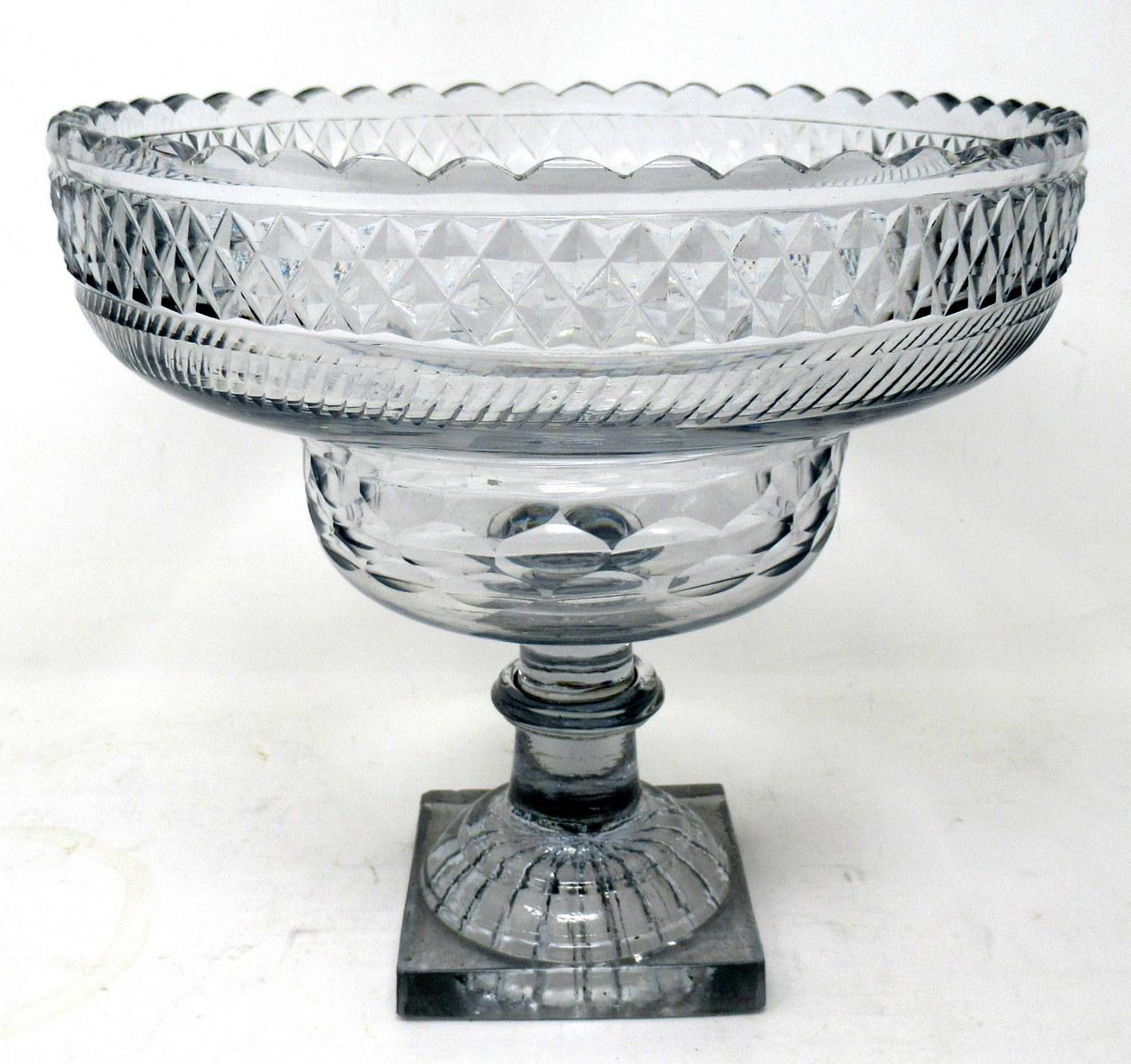

Address
52 Francis street
Dublin 8
Ireland
D087P29
Phone
Antique Irish Tipperary Waterford Glass Cut Crystal Georgian Centerpiece Bowl 18ct
Ask a question
Please note,
This dealer does not accept instant online payment for this item.
To buy this item please email the dealer using the enquiry form below.
Patrick Howard Antiques
Antique Pair Ormolu Gilt Bronze Treble Light Wall Electric Sconces Appliques 19C
£ 1,875
Antique Pair Ormolu Gilt Bronze Treble Light Wall Electric Sconces Appliques 19C
£ 1,875
Patrick Howard Antiques
Patrick Howard Antiques
Antique Pair Celeste Blue French Sèvres Porcelain Ormolu Urns Vases Centerpiece
£ 875
Antique Pair Celeste Blue French Sèvres Porcelain Ormolu Urns Vases Centerpiece
£ 875
Patrick Howard Antiques
Patrick Howard Antiques
Antique French Baccarat Style Ormolu Trumpet Cornet Vase Urn Centerpiece 19th Ct
£ 475
Antique French Baccarat Style Ormolu Trumpet Cornet Vase Urn Centerpiece 19th Ct
£ 475
Patrick Howard Antiques
Patrick Howard Antiques
Antique Sterling Scottish Silver Pair Centerpieces Sweetmeat Candy Dishes 1900
£ 1,675
Antique Sterling Scottish Silver Pair Centerpieces Sweetmeat Candy Dishes 1900
£ 1,675
Patrick Howard Antiques
Patrick Howard Antiques
Antique Gentlemans Horse Measuring Walking Stick Cane Sterling Silver Wood 19thc
£ 775
Antique Gentlemans Horse Measuring Walking Stick Cane Sterling Silver Wood 19thc
£ 775
Patrick Howard Antiques
Patrick Howard Antiques
Antique Vintage Sterling Solid Silver Jewellery Casket Trinket Box A Wilcox 1922
£ 575
Antique Vintage Sterling Solid Silver Jewellery Casket Trinket Box A Wilcox 1922
£ 575
Patrick Howard Antiques










